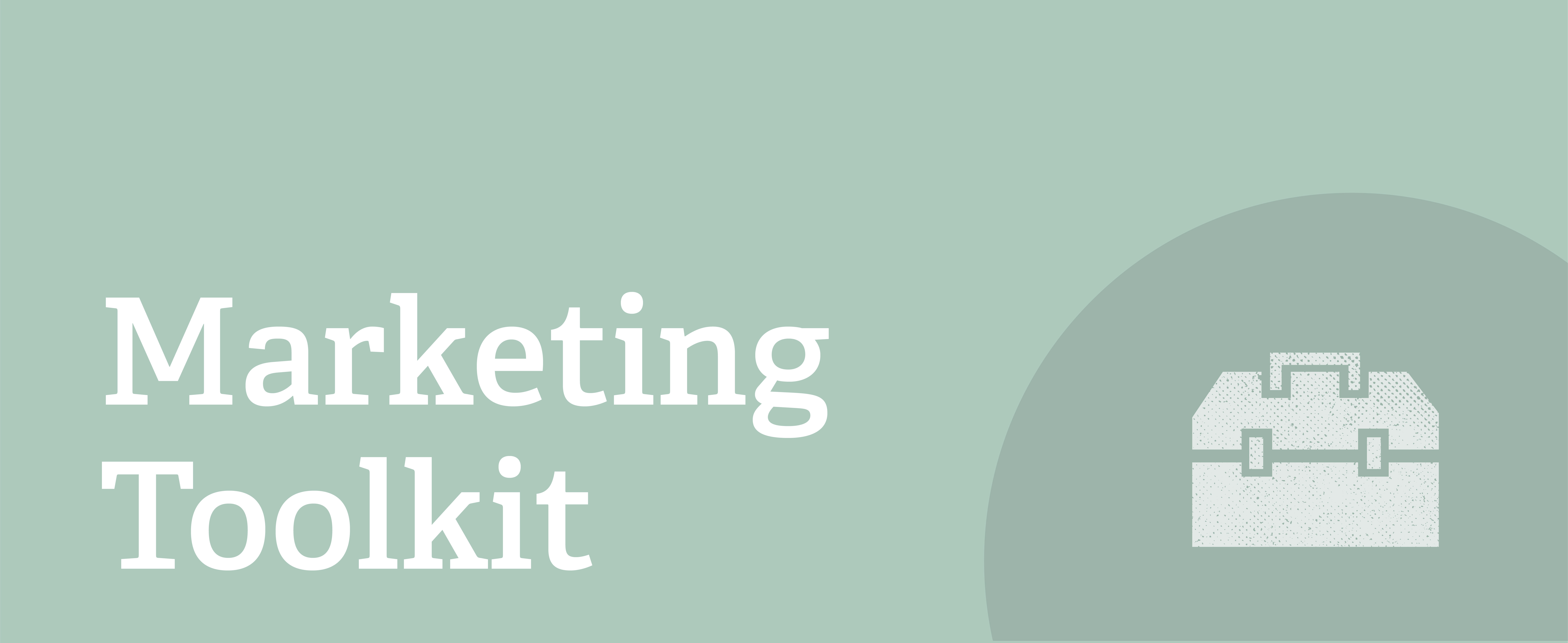An Introduction to Digital Accessibility
and Accessibility Design
What is accessibility?
The Americans with Disabilities Act, or ADA, is a civil rights law, established in 1990, that prohibits discrimination based on any individual’s disability. Digital Accessibility, or Accessibility Design, is the inclusive process of designing and building digital content, user experience and interfaces, etc., that can be used by everyone, including those who have reduced visual, motor, hearing, speech, or cognitive abilities.
What does accessibility mean for websites?
There are strict W3C standards your website needs to adhere to in order to achieve high accessibility certification ratings. However, there are some basic design principles that are best practices that should set you up for success:
- Having enough color contrast on all page elements
- Adding labels, in addition to color-alone, to important information
- Ensuring you have focus states applied to all navigation elements
- Ensuring all form fields have labels and/or instructions applied to them
- Apply alternative text (alt-text), captions, and descriptions to all images, videos, and interactive elements
- Use proper markup on all of your content
- Support keyboard navigation
What role does digital accessibility play in your marketing strategy?
It is imperative for designers and content creators to ensure the content they create is accessible by everyone, regardless of their ability or situation. In the U.S. alone, there are over 56 million people who have some form of disability. Ensuring your designs and content are accessible to more people is not just good ethics and behavior, it also makes for better experiences and content that is more easily digestible—not to mention if you are a state or government organization, it’s the law. It is best practices for all organizations to ensure their websites have accessibility front and center.
How do you measure website accessibility?
By ensuring your content and designs are accessible from conception and easily consumed by users, you will cast a wider net and ensure your products and services can be enjoyed by all people. But you can’t tell that a website is fully accessible just by looking at it; you’ll need a way to measure your success. Your trusted development partner probably has a tool he or she can use for this, but there are some free and easy options you can try in the meantime. WAVE and Google’s Tools for Web Developers are good examples.
No matter how you check your work, website accessibility is just good business sense and one of the best investments you can make in your customers’ digital experience.
Keep Reading
Learn more about related tools, methods, and best practices in the Marketing Toolkit:
